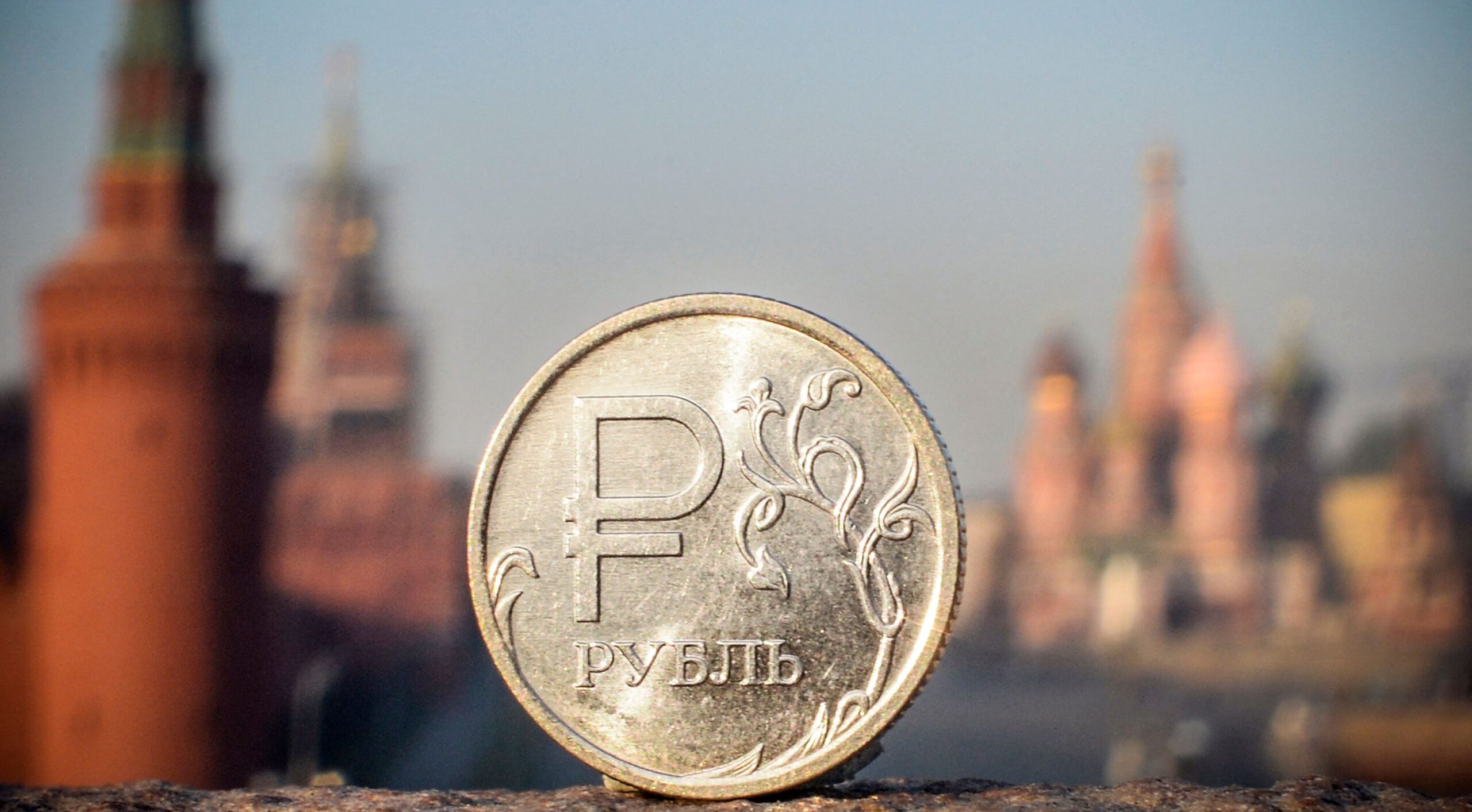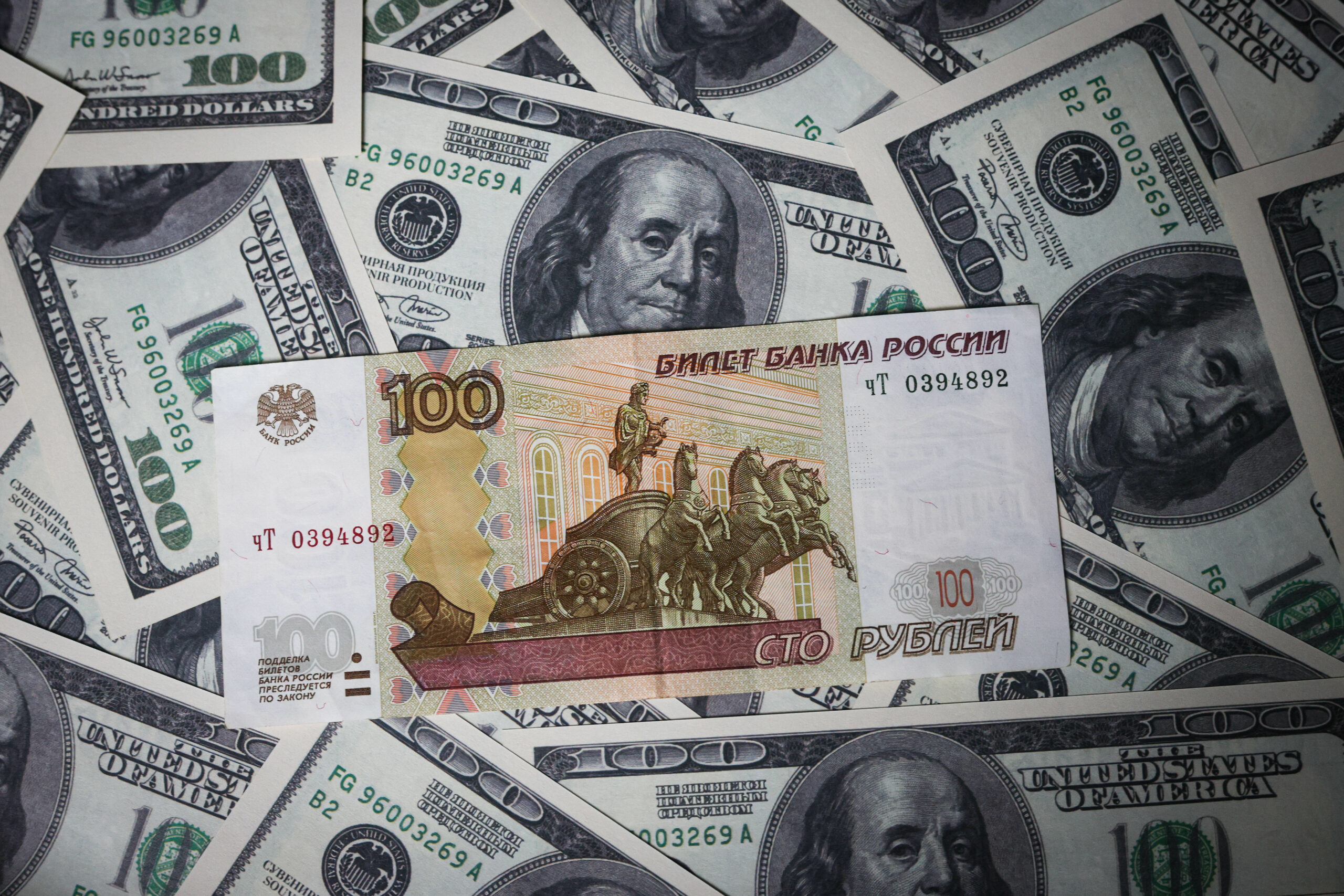It seems that the hostilities in Ukraine have reached the stage of trench warfare. Although both Russian and Ukrainian defence officials have spoken of an imminent offensive capable of changing the shaky equilibrium on the front lines, much evidence suggests that the confrontation may drag on for many more months at least. At the same time, the West is increasingly consolidated on Ukraine’s side, which indicates that it is unrealistic to think that anti-Russian sanctions will be eased, let alone lifted. In Russia, no serious opposition to the military gamble is visible, and the collapse of the regime, even as a result of intra-elite conflict, does not look likely. And since the room for manoeuvre is rather small, let us discuss short-term forecasts about the state of Russia’s economy in, for example, mid-2023. In doing so, systemic and quantitative aspects are key.
The first — i.e. systemic — aspect represents the general outlook and an image of Russia in 2023. People tend to compare the future with the past, and since it is now clear that Russia’s economy and society will be worlds apart from what they looked like in the last decade and a half (and especially in the relatively prosperous period from 2003 to 2013), the former USSR and Russia of the 1990s become obvious reference points. However, Russia in 2023 will most likely resemble neither of them. We have left the Soviet Union far behind: foreign trade now accounts for over 44% of GDP, while in the USSR of the mid-1980s it was less than 5%; almost 90% of businesses are heavily dependent on imports, and some sectors are entirely import-driven; many technological competencies have been lost, and an economy which is in private hands cannot be managed by the Soviet State Planning Committee. In addition, consumption levels are now much higher than in the USSR, and it is impossible to bring back the key elements of the Soviet system.
We have also left Russia of the 1990s far behind: that period was characterised by the collapse of the financial system, hyperinflation, the dominance of the oligarchy over officialdom; serious manifestations of local self-government if not separatism; a larger degree of openness to the world and almost subservience to the West — there will be no traces of that left in a year or two. Moreover, the last decades of Soviet stability (from the mid-1960s to the early 1980s) were characterised by rapid industrial development and slower but noticeable growth in prosperity. The post-Soviet period, despite poverty and economic cataclysms, was a time of hope and change, freedom and a sense of opportunity for millions of people. Neither prosperity nor freedom will increase in Russia in the coming years. What is needed, therefore, is not a comparison with the past but a dispassionate analysis of our prospects, a kind of third stage of post-Soviet Russian history.
Quantitative indicators are also unlikely to be inspirational. The crisis we are facing is unique (although other crises that have hit Russia in the last thirty years have also been extraordinary). It is unique in that it is bottomless. The development of a number of sectors — aircraft and automotive manufacturing, heavy engineering, chemicals and even construction or food processing — would simply be impossible under the current sanctions. In many sectors, from oil refining and metallurgy to construction and transport, there will be a huge oversupply (there is already a marked oversupply of fuel oil, and warehouses stand idle in the face of declining imports). Logistics will be one of the hardest-hit businesses, while it has been one of the fastest-growing sectors in recent years. Current forecasts predict an 8%-12% decline in GDP in 2022, stagnation in 2023 and growth of up to 6.4% in 2024, but I see absolutely no reason why the economy would recover from its current decline, which will probably continue through the first half of the 2020s (I would expect a decline of no less than 12% in 2022, 5%-6% in 2023 and 2%-3% in 2024), and the Russian economy will return to 2007 levels only if the current regime collapses. With this in mind, the recovery will take time (and it will never happen if the regime survives; remember Venezuela, whose highest-ever GDP per capita was recorded in 1977).
Since the crisis is not engendered by internal systemic causes but by a political gamble and outside pressure, there is no reason to expect the dismantling of governance or the financial system. There is no reason for the rouble to collapse, for hyperinflation to take hold or for the country to disintegrate. Exports will continue to exceed imports, and foreign currency inflows will continue; cash turnover, the banking sector and stock trading will be regulated by the Bank of Russia. Do not expect the rouble to fall below 90 to the dollar; there will be no bank failures, the closure or inadequate functioning of the deposit insurance system, confiscatory monetary reforms or nationalisation of property. Inflation will be high: at least 25% in 2022 and 12% to 20% in 2023. However, it will not be caused by the printing of money or the depreciation of the rouble but by shortages of many critical components and equipment. We will see typical cost inflation rather than demand inflation, and this will be a serious test for the population, as their incomes will not increase at the same rate as prices (in the commercial sector, wages may stop growing altogether). Real disposable income will fall by around 8% in 2022, and by 3.5%-5% between 2023 and 2024. The state will do (and is already doing) its best to support pensioners, state employees and families with children, but it will not be able to compensate for the impact of inflation.
Speaking about changes in the country in more detail, there will be no more signs of social optimism. There will be a noticeable decline in status consumption caused by the fact that a large proportion of people with a luxurious lifestyle will choose to leave the country or abstain from conspicuous consumption in the face of uncertainty. Young people who until recently were able to find relatively well-paid jobs and buy a car and a flat on credit will no longer be able to do so and will have to seriously reconsider their attitude to life. All of this applies above all to the upper- and middle-class residents of megapolises who will be hit hardest by the crisis, but their behaviour stereotypes set trends for the whole country. More than any other factor, all-permeating apathy will be responsible for shrinking consumption, entrepreneurial initiative and the economic slowdown.
All this will become even more apparent against the backdrop of the rapid deglobalisation of the Russian economy. It is not only about the lack of transport connections with developed countries, the impossibility of using credit cards for online purchases, and the loss of access to all sorts of services and facilities. It is enough that, by the end of next year, oil exports may drop by 25%-30%, and gas exports by 60%-70%, which will start affecting both the state budget and personal incomes. An even greater impact on everyday life will be caused by a fall in imports of at least 50% in the third and fourth quarters of 2023 compared with the fourth quarter of 2021. Official or unannounced restrictions will affect thousands of commodity items, which will have very significant consequences for the economy and its image in the eyes of the consumer.
An important feature will be the primitivisation of goods and services on offer, driven by two parallel trends. On the one hand, business survival will require cutting costs and abandoning the most expensive and top-quality products (this will partly be due to the technical impossibility of producing them as well): already entrepreneurs are, for example, abandoning the production of expensive varieties of beer, while AvtoVAZ is unable to produce cars with an automatic transmission. On the other hand, the appearance of goods will change dramatically: it is already known that European suppliers are refusing to ship to Russia not only materials for Tetra Pak packaging but even casings for sausages and frankfurters. The state will settle for this kind of primitivisation: decisions are already being made to suspend all requirements for petrol quality or environmental standards for engines — so the notion of going back in time is taking on very real meaning. It will not come to the point of slicing butter with a wire from one big block in front of a nervous queue, but the Russian consumer market will lose its gloss. To some extent, China could probably solve some of these issues, but it will be in a state of covid anabiosis for at least another six months, and after that the Russian market will not become a priority for it anyway.
Both public and private service sectors will degrade even faster than other sectors of the economy, both public and private. Education and healthcare will suffer the hardest blow. Speaking of education, in a year or two it will become a sphere of indoctrination and misinformation to an extent incomparable even to the times of the Soviet Union. When it comes to healthcare, it has become totally dependent in recent years on imported equipment, consumables, drugs and pharmaceuticals (suffice it to say that today we produce neither disposable syringes nor even medical gloves). The crisis in healthcare will impact quality and prices the hardest as early as by the end of this year. IT maintenance staff will face disastrous consequences because of the lack of spare parts and equipment. IT specialists will face challenges such as the lack of servers, a sharp drop in demand from foreign contractors and mass emigration on the part of specialists. Advertisers and freelancers will suffer the consequences of the advertising market collapse. Airlines (which enjoy governmental support) and hoteliers (who are left unassisted) will be on the safe side, because the lack of outbound tourism will boost domestic demand, which will not change the general trends anyway.
The primitivisation of goods and services, an important feature of Russia in the coming years, will be accompanied by the omnipresence of blatantly, or less obviously, counterfeit goods. The authorities have already legalised parallel imports. As a result, goods will first be imported with no warranty (simply due to the lack of service centres in Russia for companies that have left the market). Next, imports and/or domestic production of substitutes for scarce key components of imported equipment will be launched. Wherever imports or production of substitutes prove impossible or too expensive, cannibalisation will set in, a process of dismantling equipment (e.g. cars or aircraft) to obtain spare parts for malfunctioning equipment. This method has been effectively applied in recent years in relation to Russian-built airplanes (the Mexican company Interjet dismantled 4 of 22 SSJ-100 airliners to operate the rest). From now on, the approach will be beneficial for the Russian domestic market as well. Accordingly, all trademark and copyright legislation will be almost completely ignored. The main source of imports will be Turkey. Turkish companies will buy goods that their manufacturers do not intend to ship to Russia and then resell them as their own or under their brand. As for China, imports fell by 7.7% in March 2022, and supplies will continue to decline. China will not save Russia in the first place since a significant part of its high-tech exports are goods manufactured by branches of Western companies, under their licences, or based on Western patents.
The decisions of the authorities will generally have a crippling effect on the economy. Promises to ease pressure on businesses and give preferential treatment to entrepreneurs are myths for several simple reasons. The government cannot afford tax cuts; the legalisation of the grey market has never helped contemporary entrepreneurship; and, finally, officials lack the necessary competence to make sound macroeconomic decisions. One must also realise that Russia’s prosperity in the 2000s was due not only to high oil prices, which fuelled the economy by accounting for 10%-15% of GDP, but also to a sharp fall in investment, from 36%-38% of GDP in the Soviet era to 19%-22% under Putin. Investment will be further curtailed, but in the foreseeable future it will cause a dramatic deterioration of infrastructure without offering significant welfare gains. Attempts to restore a planned economy will fail altogether since Russia has lost the ability to manage sectoral development over the last thirty years, as exemplified by the failure of all previous attempts at import substitution, which had only one goal in mind: to increase the share of added value produced in the country (which has been achieved, for instance, in agriculture), but not to reach full self-sufficiency at all stages of the production cycle. Therefore, all sugar beet seeds for sugar production amounting to 99.8% of consumption are imported, as are 80% of turkey hatching eggs, almost all commercial trout fry and 80% of feed for trout farming.
Although the authorities will not be able to stimulate economic growth, they will be able — at least for a year — to curb the increase in unemployment by putting pressure on big businesses, which will not be allowed to cut jobs; subsidising state-owned companies; and maintaining the existing number of public sector employees. In addition, the unstable situation, difficulties with financial settlements with other countries, the unpredictability of the rouble exchange rate and the rising cost of living in Russia will cause a significant outflow of migrant workers. The authorities will increase salaries in sectors where some of them were employed (municipal services, construction, etc.) to reduce tensions in the labour market. More importantly, however, unemployment has not been a major problem in the country before; people are used to obtaining means of subsistence by finding additional sources of income instead of going on benefits. Thus, no major problems are foreseen in this area even now. Finally, as the grey market expands, the labour force surplus will find its way to this market, and the government will not prevent it. The unemployment rate will formally rise from the current 4.1% to 5.5%-6.0%, but it will not cause any serious problems.
The financial sector will not undergo significant changes either. The most difficult problem Russians are going to face will be loan servicing due to rising interest rates and falling real incomes. But in this area, the government is likely to make significant concessions, possibly including multiannual deferrals of repayments and the write-off of some debt. The rouble exchange rate, despite all the sanctions, will remain relatively stable and is unlikely to fall even to 90 roubles versus the dollar as currency outflows from the country will be strictly regulated and currency speculation will be difficult. Prices will increase by at least 25% of their current levels over the next 12 months. Thus, the dollar and euro will not be able to guarantee the security of savings. Russia would in effect become a ‘de-dollarised’ country detached from world markets whose citizens have limited mobility. The most noticeable exception to the general price trend will be real estate, which from this autumn will become cheaper in both rouble and foreign-currency terms due to the reduction in mortgage lending, people getting rid of their investment real estate and sales of real estate on a mass scale by Russians leaving the country.
In other words, the new stage emerging in the history of the Russian economy will not be as disastrous as, for example, the 1990−1993 period. At the same time, the downturn will not be as short-lived as the 2008 crisis. Rather than going ‘back to the USSR’, Russia will slowly degrade, and the authorities will have no readily available means to reverse the process. As I predicted six years ago, the 2000s as a decade of growth and the 2010s as a decade of stagnation will be superseded by a decade of degradation and decline.










